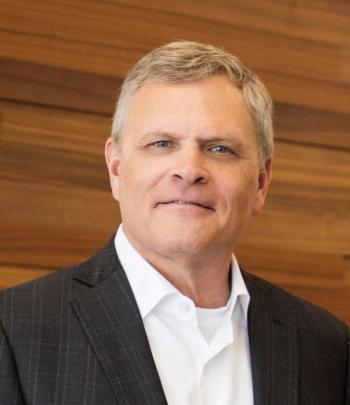
Patient-centered homes should be run by doctors, say PCPs
Primary care practices wishing to become a patient-centered medical home face a growing number of organizations offering accreditation, each with its own set of standards and guidelines.
Primary care practices wishing to become a Patient-Centered Medical Home (PCMH) face a growing number of organizations offering accreditation, each with its own set of standards and guidelines.
A PCMH is a team-oriented practice structure to formally track and improve disease management and clinical outcomes goals within your practice. Accredited PCMHs can apply for government and health plan financial incentives in which they share in the related healthcare cost savings.
In an effort to impose uniformity on the PCMH accreditation process, a coalition of four primary care associations has released a new set of recommendations that it hopes the accrediting organizations will adopt. The number of PCMHs, many of them in pilot programs, is on the rise and, as more stakeholders get involved, the definition of what constitutes a PCMH is crucial to funding and accreditation.
When the concept was introduced by the American Academy of Pediatrics (AAP) in 1967, the medical home was simply a central repository for a child's medical records. The idea expanded in 1992 and again in 2002, when the AAP said a medical home should offer care that is accessible, continuous, comprehensive, family-centered, coordinated, compassionate, and culturally effective.
The AAFP, the AAP, the American College of Physicians, and the American Osteopathic Association teamed up to write the first set of recommendations in 2007. The groups collaborated again on the newly released accreditation recommendations.
Of note, the new recommendations state that primary care physicians are best suited to lead medical homes due to their training and education, and that medical homes should not be led by nurse practitioners (NPs) or physician assistants (PAs), says AAFP's Goertz.
The coalition's new recommendations also call on PCMHs to do more than they have in the past, including:
MIXED REACTION
The coalition submitted the recommendations to the organizations accrediting PCMHs: the National Committee for Quality Assurance (NCQA), the Accreditation Association for Ambulatory Health Care (AAAHC), and URAC (formerly known as the Utilization Review Accreditation Commission). In addition, the Joint Commission plans to have its own accreditation program in place this year.
While the accrediting agencies are still reviewing the proposal, officials say they do not see any conflicts with their standards, which were developed with input from physicians' organizations.
Although most of the guidelines are not controversial, NP groups have objected to the recommendation that a PCMH must be led by a doctor.
"We ought to be able to work together," says Jan Towers, PhD, director of health policy for the American Academy of Nurse Practitioners. "We're not trying to be physicians, but we are prepared to be primary care providers, and we do that very well."
The accreditation organizations currently vary on the issue of whether midlevels can lead medical homes. The AAACH specifies that medical homes be led by physicians, whereas the NCQA allows NPs and PAs to be in charge in states that license them as independent practitioners. The URAC simply defines homes as "clinician-led," without specifying further.
So where should a practice turn for guidance in being certified as a PCMH? In most cases, follow the money. State Medicaid programs and other bodies offering incentives for PCMHs, as well as those running pilot programs, will decide what certification participating practices need.
Send your feedback to
.
Newsletter
Stay informed and empowered with Medical Economics enewsletter, delivering expert insights, financial strategies, practice management tips and technology trends — tailored for today’s physicians.
















